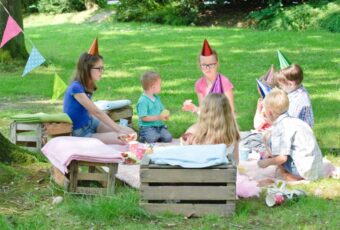Teaching children to share is a crucial aspect of their social and emotional development, laying the foundation for positive relationships and empathy. As parents and educators, it’s essential to guide children through this learning process with patience, understanding, and creative approaches that make sharing a natural and rewarding experience. Teaching kids to share is a process that requires patience, positive reinforcement, and creative strategies. By leading by example, using positive reinforcement, establishing turn-taking, teaching communication skills, making sharing enjoyable, and creating a sharing-friendly environment, adults can instill in children the importance of generosity and cooperation. The skills they learn in sharing extend beyond childhood, contributing to the development of strong social bonds and empathetic individuals in the future.
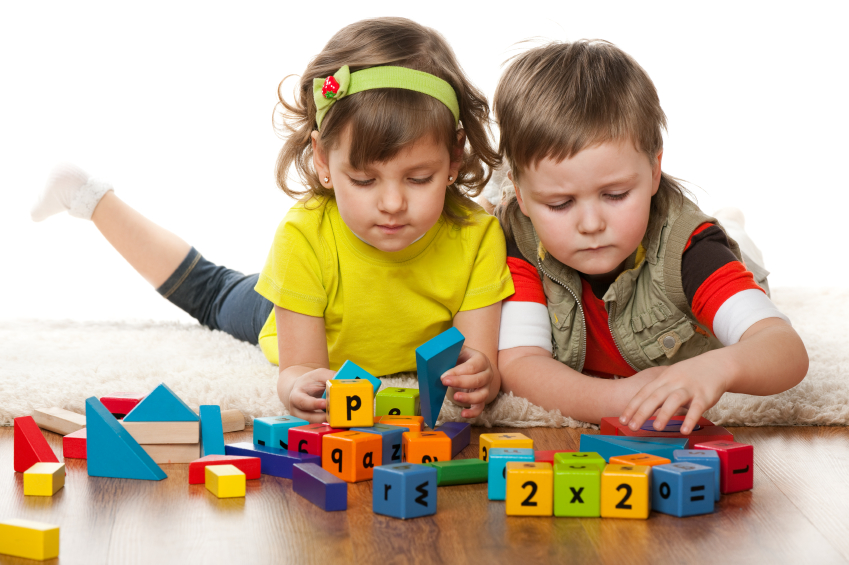
Two Children Are Playing On The Floor
Lead by Example
Children learn by observing, so demonstrate the value of sharing through your own actions. Whether it’s sharing a snack with a friend or offering to share a favorite toy, modeling generosity teaches children that sharing is a positive and commonplace behavior.
Use Positive Reinforcement
Encourage sharing by offering praise and positive reinforcement when children willingly share with others. Recognize and celebrate their efforts, emphasizing the joy that comes from making someone else happy. Positive feedback reinforces the idea that sharing is a positive and rewarding behavior.
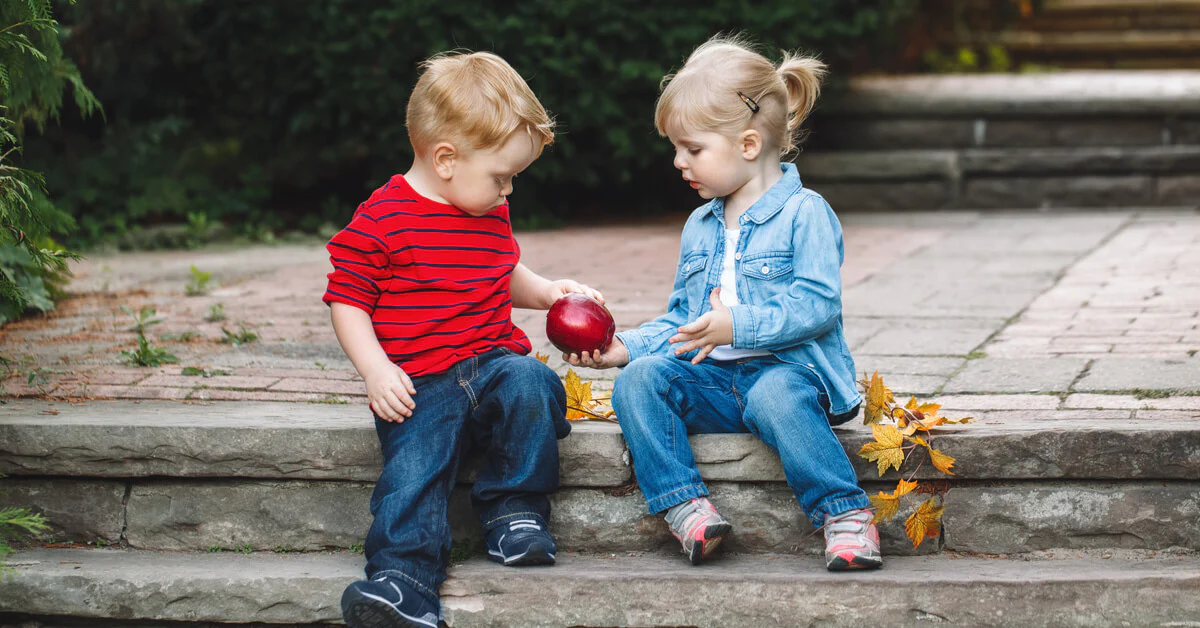
Use Positive Reinforcement
Establish Turn-Taking
Introduce the concept of turn-taking as a precursor to sharing. This helps children understand that they will have a chance to use or play with an item after someone else has had their turn. Gradually, this concept evolves into a more natural inclination to share.
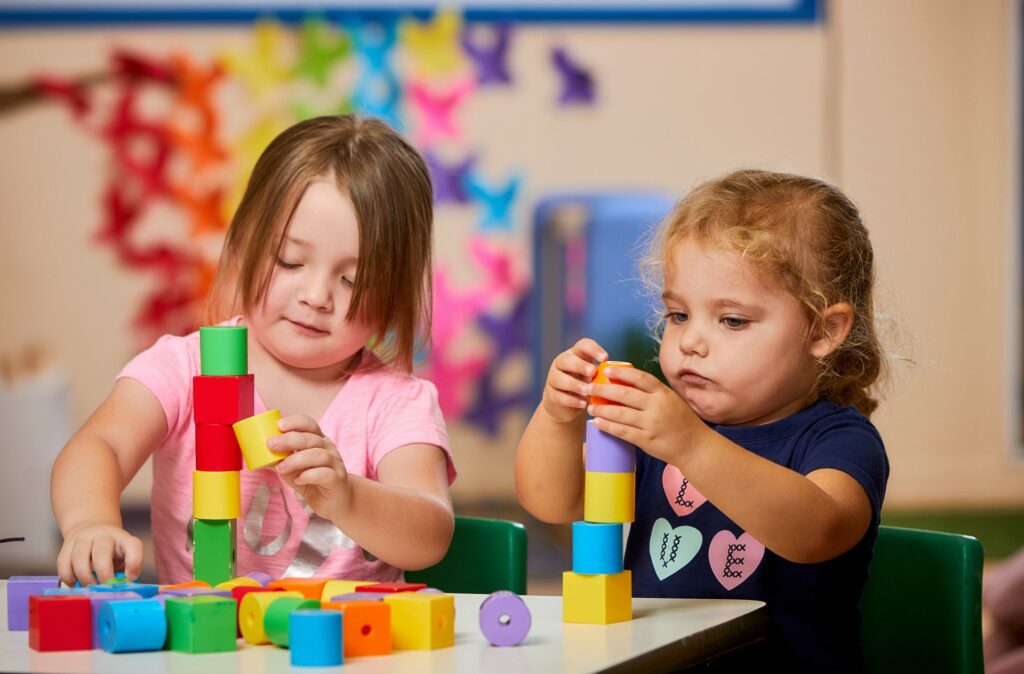
Establish Turn Taking
Teach Communication Skills
Help children express their feelings and needs effectively. Encourage them to use words like “Can I play with that when you’re done?” or “May I have a turn, please?” This fosters open communication and helps children understand the importance of considering others’ feelings.
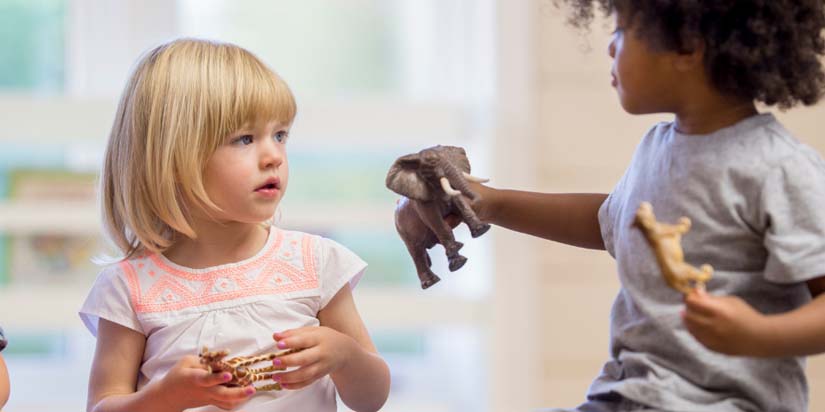
Teach Communication Skills
Make Sharing Fun
Turn sharing into an enjoyable and interactive experience. Engage children in cooperative activities where sharing is essential, such as collaborative art projects or group games. Making sharing a fun and integral part of play helps children associate positive emotions with the act of sharing.
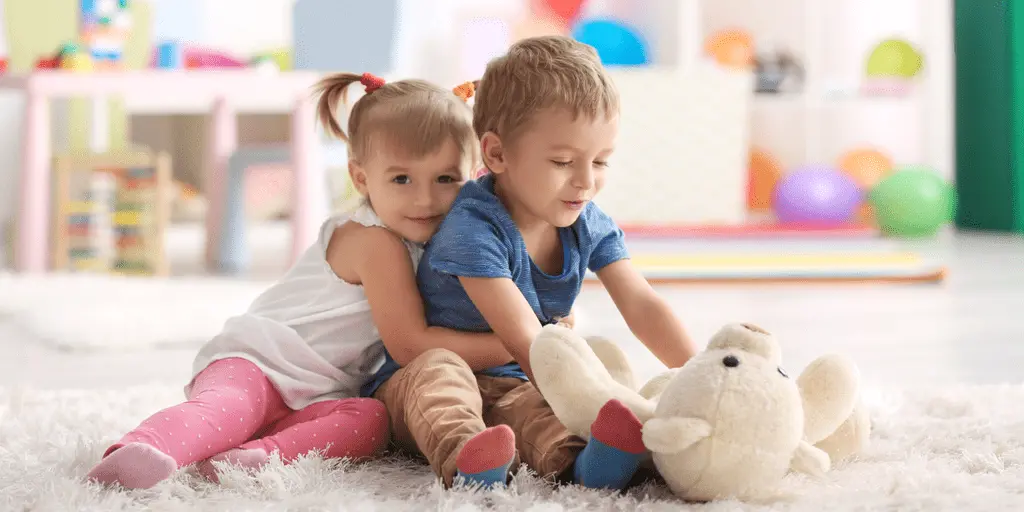
Make Sharing Fun
Create a Sharing Environment
Designate shared spaces and shared items, fostering a sense of community and collaboration. This could include a communal toy bin or a family sharing corner. Establishing an environment that encourages sharing reinforces the idea that sharing is a natural and expected part of daily life.
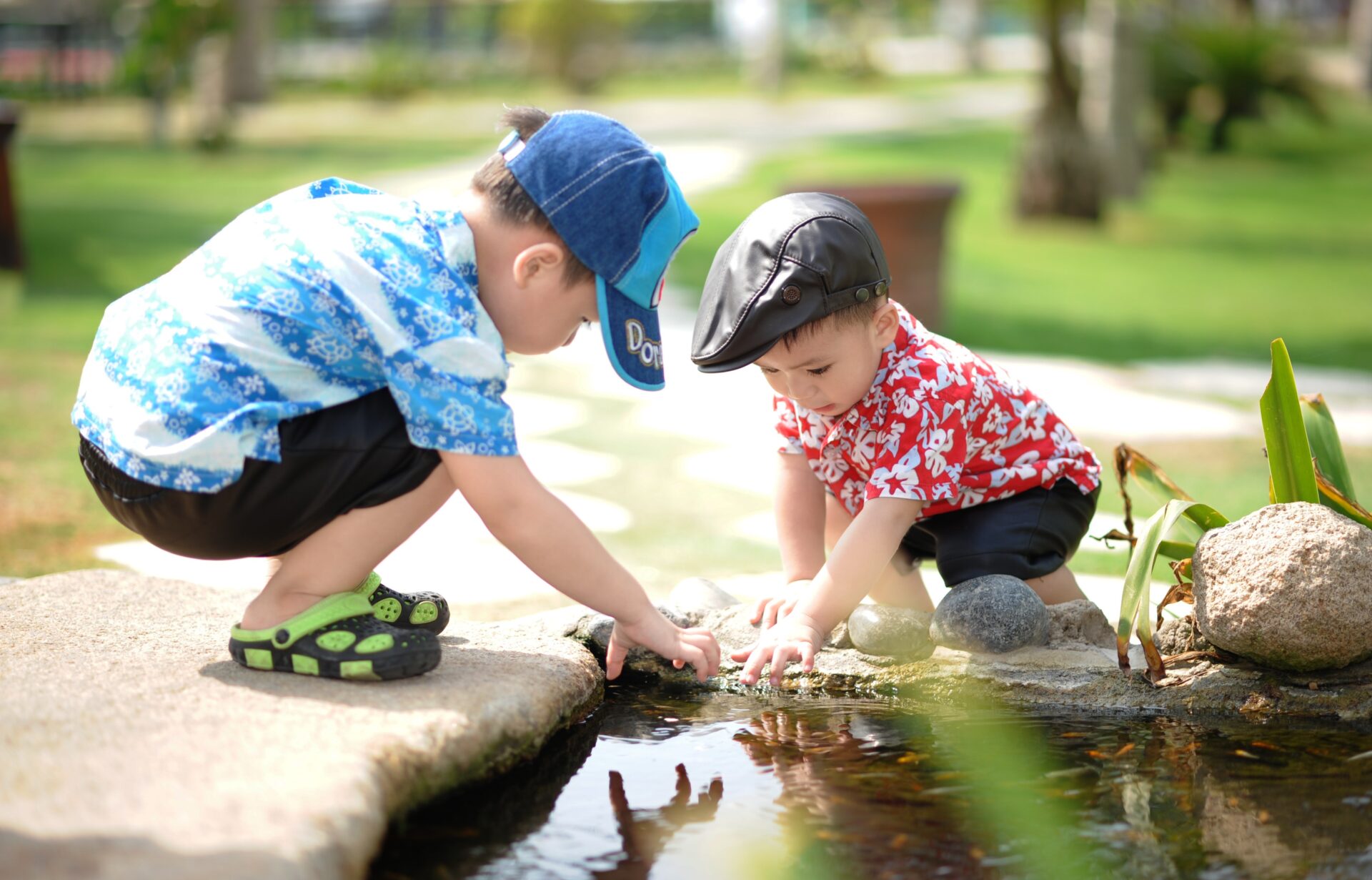
Create A Sharing Environment








